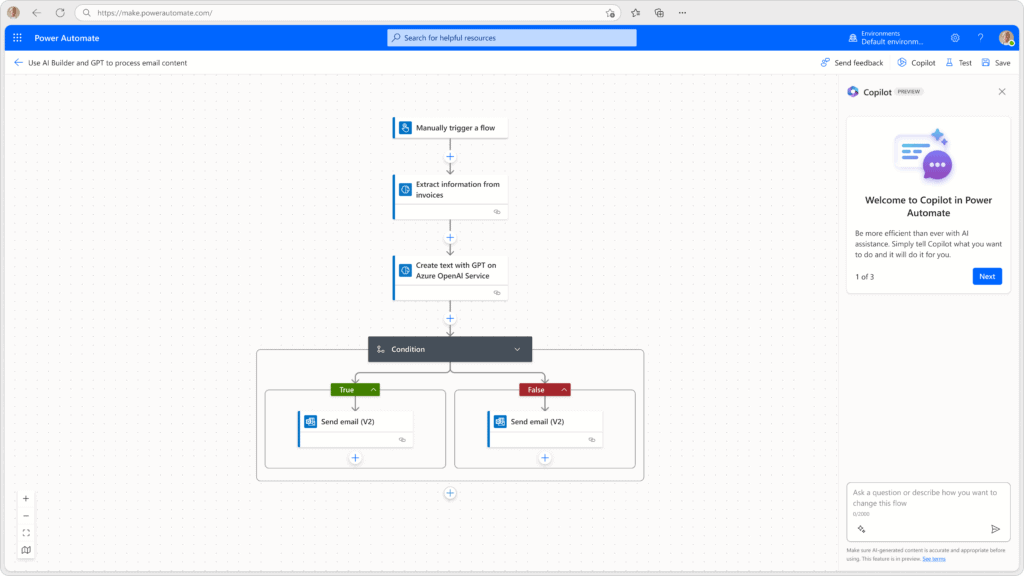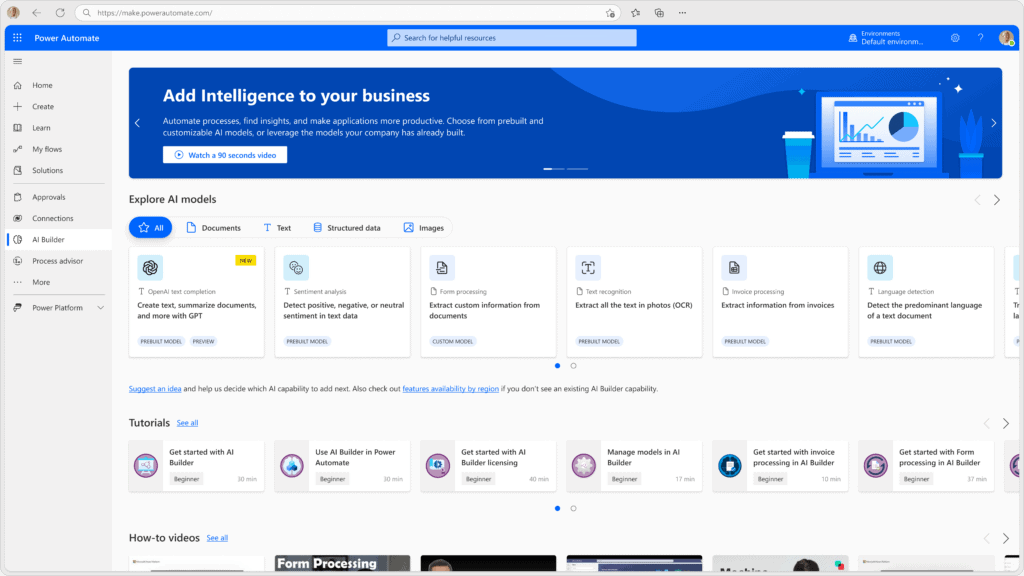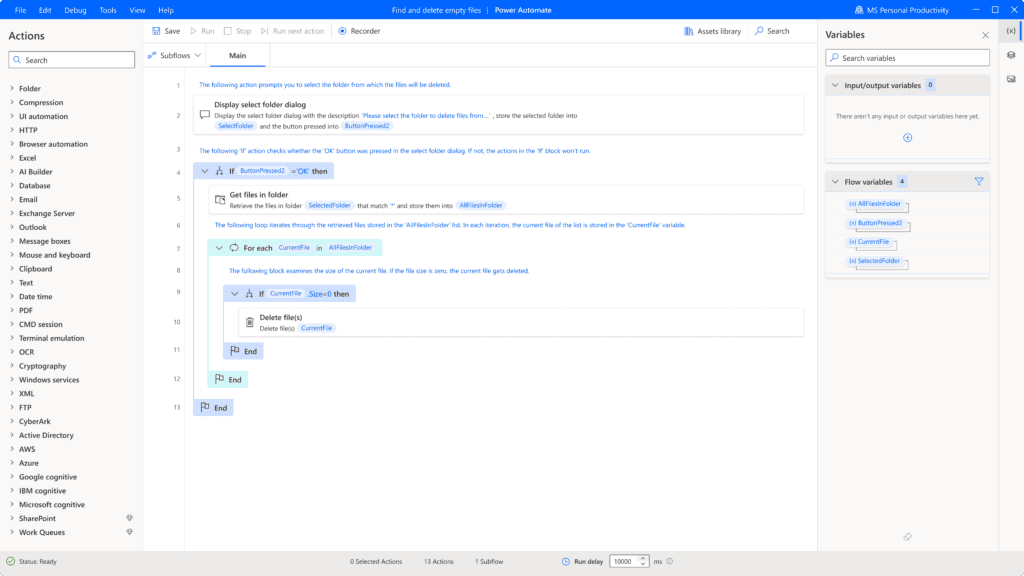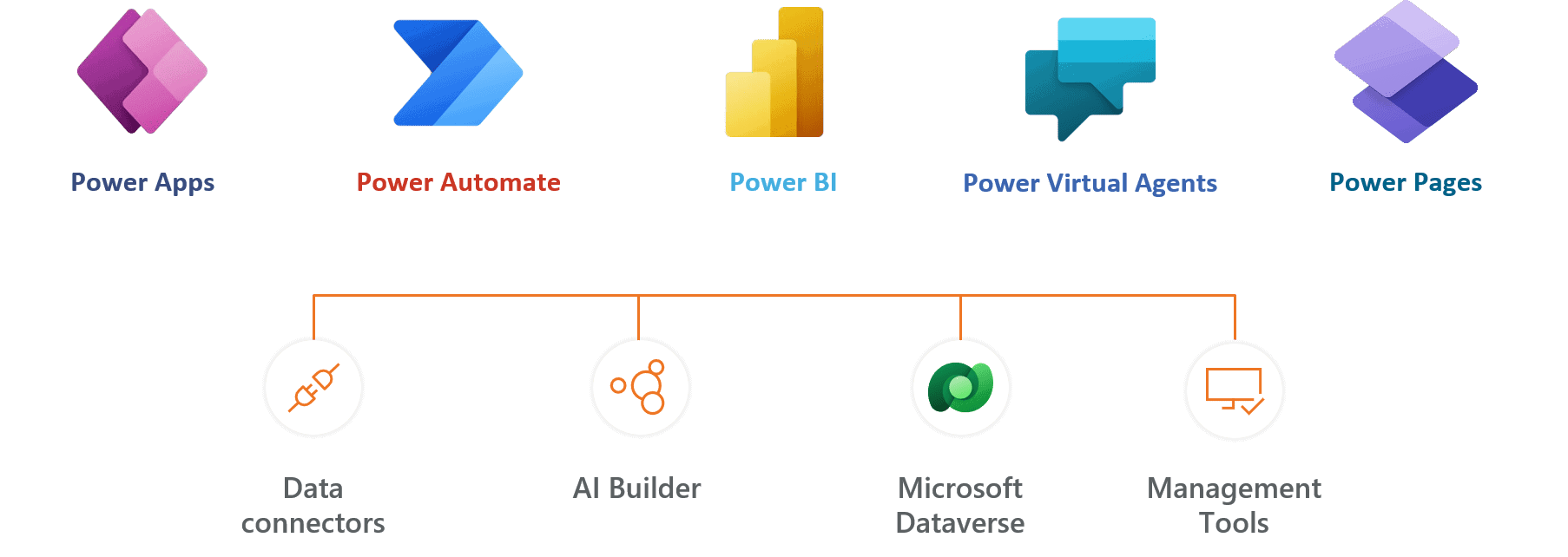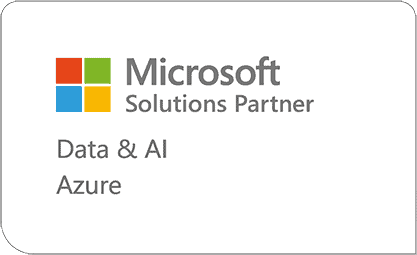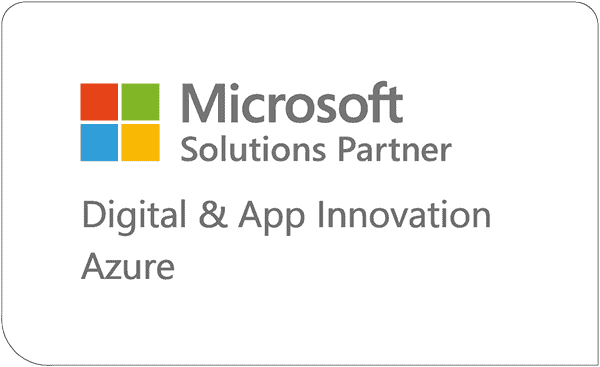What is Microsoft Power Automate?
A look at the RPA solution in the Power Platform toolbox
Microsoft Power Automate helps you streamline repetitive tasks with automated workflows between business applications and services. We’ll explore some of the key features and benefits of the platform here.
Microsoft Power Automate is a comprehensive, integrated automation platform with advanced digital process automation (DPA), robotic process automation (RPA), and process mining capabilities. With the power of low-code and AI, you are in the driver’s seat to securely automate your organization at scale.
Microsoft Power Automate boosts user productivity, allowing them to put intelligent workflows to use with minimal effort. Using pre-built connectors, users can build time-saving workflows that can do anything from individual tasks to large-scale systems with seamless integrations.
These secure workflows also include cloud-based functionality such as data loss prevention, identity, and access management services. With the ability to automate time-consuming manual tasks with built-in AI capabilities, there’s more time to focus on strategic, high-value opportunities in the business.
The main advantage of this platform is that it’s built for integration on a broader ecosystem of services that leverage automation, which in return gives your organization a head start on hyperautomation. It also offers low-code AI, enabling any user to leverage these capabilities within their automated solutions.
Microsoft Power Automate was created not only for citizen integrators and IT members, but it was also made for non-technical business users in mind. This puts automation tools in the hands of every employee, empowering people to create their own solutions within an easy-to-use platform.
As an advanced integration tool, Microsoft Power Automate connects to over 1,000 out-of-the-box data sources, such as Google Sheets, Twitter, Dynamics 365, SharePoint, Salesforce, and OneDrive.
How Does Microsoft Power Automate Work?
Automations are either started manually, scheduled, or triggered by an action. These automations, called Flows, can occur in the cloud (Cloud Flows) or locally to a device or VM (Desktop Flows). While Cloud Flows run in remote Microsoft datacenters (the same ones as Azure) and don’t require an interface, Desktop Flows are accomplished through a more traditional robotic process automation (RPA) capability. The cloud- and desktop-based solutions are built to work together and address the many diverse needs of organizations.
Here are the automation tools inside of Power Automate:
Automate Anytime and Anywhere
In addition to web and desktop, Microsoft Power Automate’s diverse solution suite allows you to expand your automation capabilities to Microsoft Teams and mobile devices.
Automation Just Got Easier with AI
Power Automate released the Describe it to Design it feature, which allows users to create flows by describing them in natural language.
This feature makes it faster and easier to create flows, and flows created using this feature are more likely to be used.
In addition to Describe it to Design it, Power Automate is also adding two new features:
Copilot, an AI-powered assistant that helps users build and improve flows. Copilot is a natural language processing (NLP) model that can understand and respond to user queries. It can help users with tasks such as finding the right actions to use in a flow, troubleshooting errors, and suggesting improvements.
Create text with GPT, which is a new action that allows users to generate text using AI (GPT-3 language model). This can be used for various tasks, such as creating content, generating responses to customer feedback, and extracting information from documents.
These new features make Power Automate even more powerful and easy to use, and they help businesses automate more of their processes. They are available in preview now, and they will be generally available later this year.
Part of A Bigger Toolbox – The Power Platform
Power Automate is part of a larger low-code suite known as the Microsoft Power Platform; the Power Platform also offers Power BI, Power Apps, Power Virtual Agents, and most recently Power Pages. Power Automate is built on the Dataverse, formerly known as the Common Data Service. This is a SQL database with many functionalities built on top of it related to collaboration and data manipulation; all pieces of the Power Platform are built to use it. In addition to working well together, the pieces of the Power Platform are built to work well with the larger Microsoft ecosystem including Office 365, Dynamics 365, Azure, Microsoft Teams, and more.
Is Microsoft Power Automate Right for You?
A systematic approach to manual tasks
With its seamless integration with robust technologies, Microsoft Power Automate makes it easy to automate manual tasks to help businesses reduce effort and errors.
Power Automate Platform Highlights:
According to a Forrester’s Toal Economic Impact of Microsoft Power Automate study, Power Automate drives business transformation and has the results to show for it. Of the surveyed companies, Forrester saw a 199% ROI over the course of 3 years, which equated to $1.4 million in worker time savings.
Power Automate is a robust, enterprise-grade tool for your industry needs. The platform excels in many areas and that list continues to grow. Microsoft has proved Power Automate to be a well-designed, and accessible tool for automation solutions that can empower both technical and non-technical professionals to create automations.
This platform’s simple-to-complex automation capabilities securely streamline workflows across various departments, and all of this is managed through a single pane of glass. With the ability to automate repetitive, manual tasks, users can focus on the strategic aspect of their daily operations.
Let us know how we can help you implement and integrate Microsoft Power Automate into your technology ecosystem.
Keep Reading: UiPath vs Microsoft Power Automate
Looking for more on RPA?
Explore more insights and expertise at Smartbridge.com/automation
There’s more to explore at Smartbridge.com!
Sign up to be notified when we publish articles, news, videos and more!
Other ways to
follow us:


